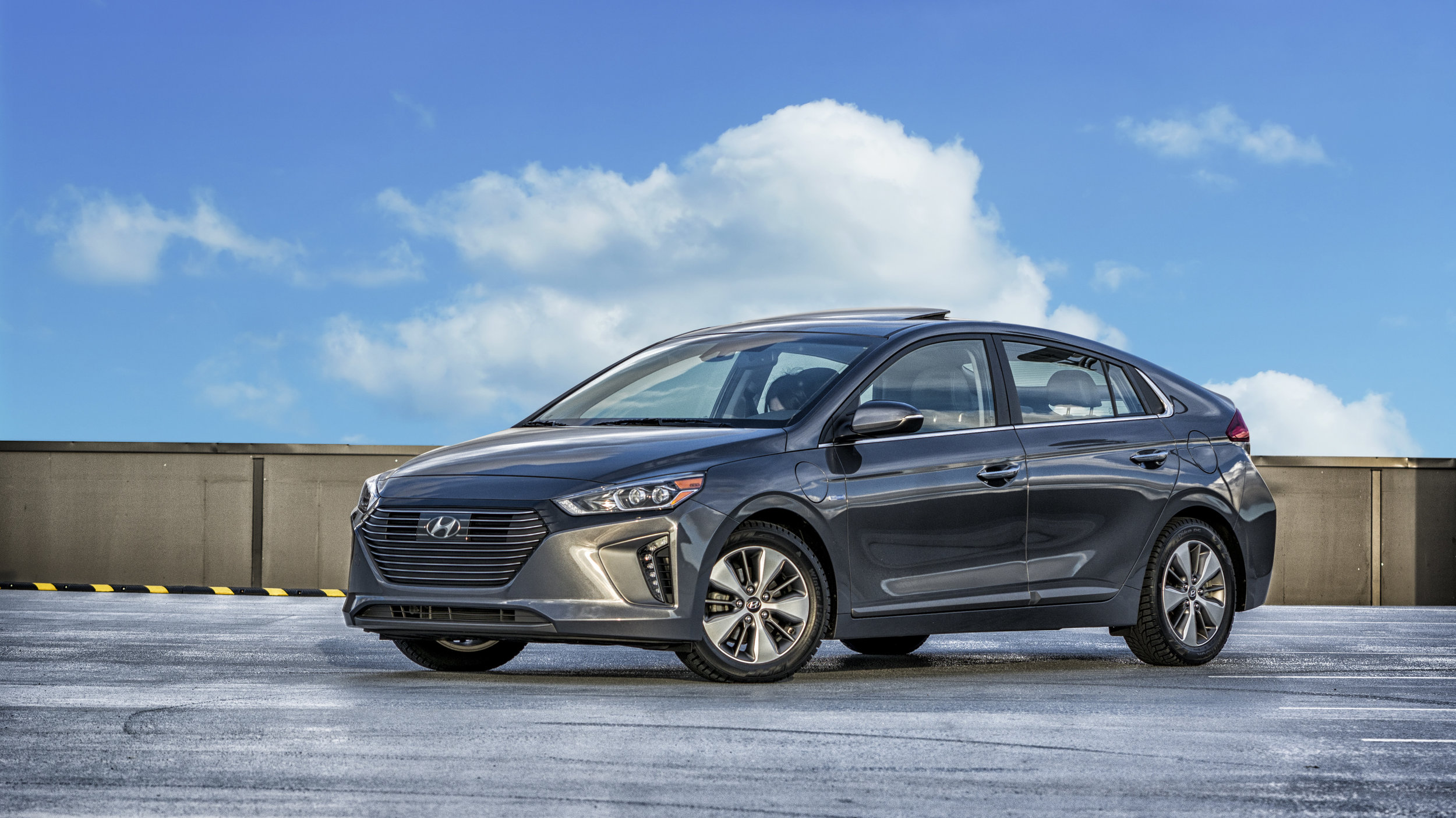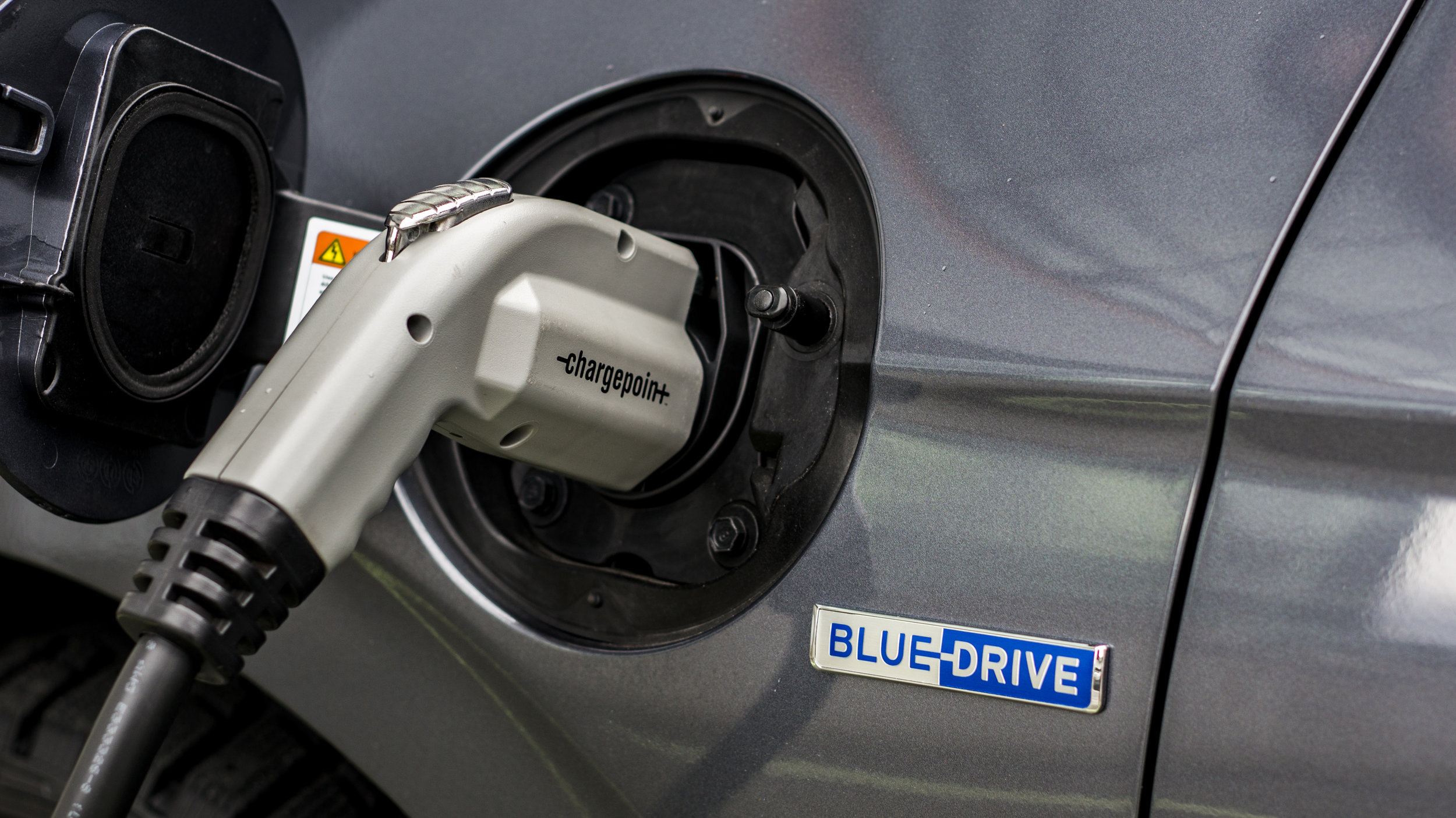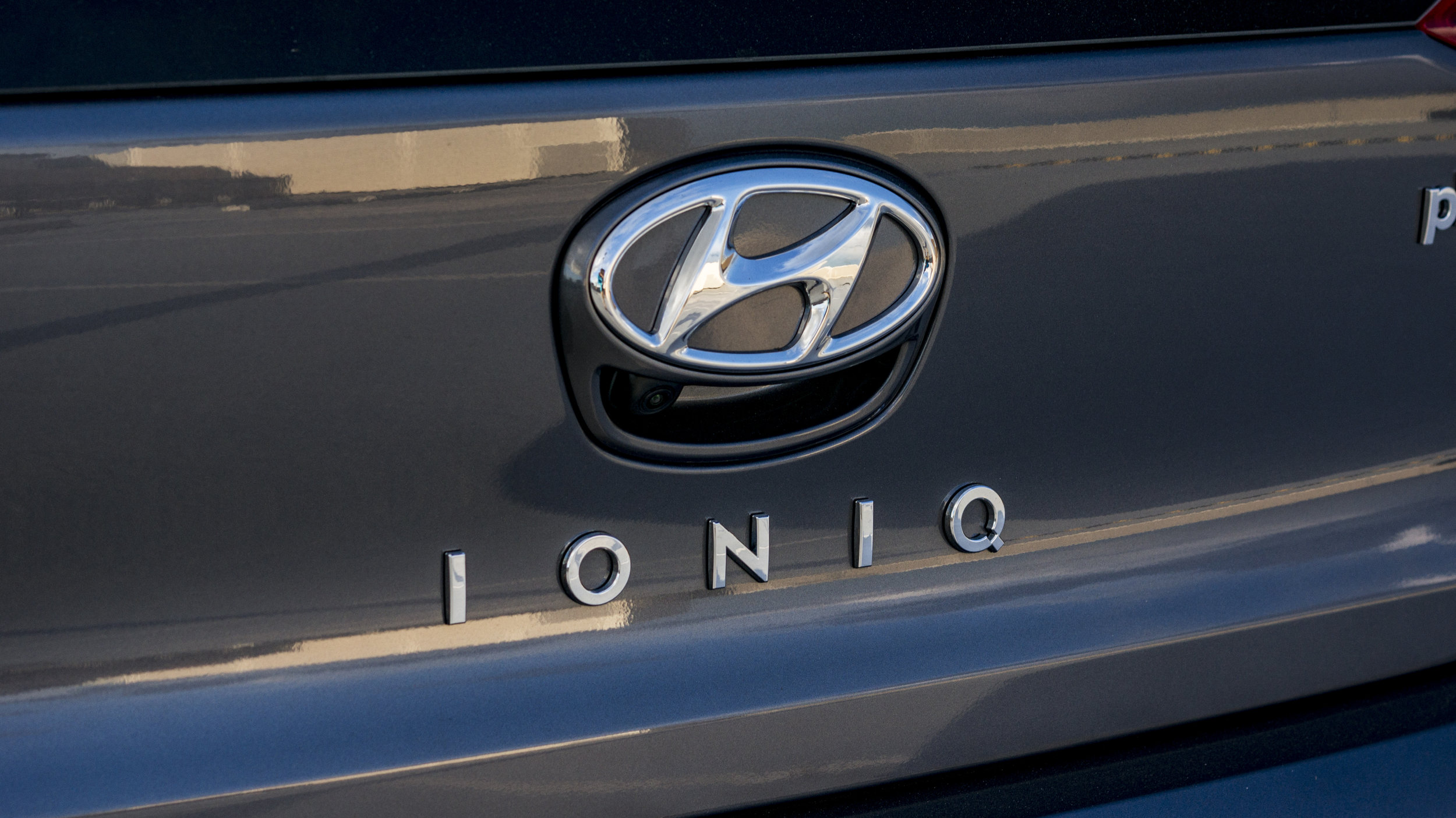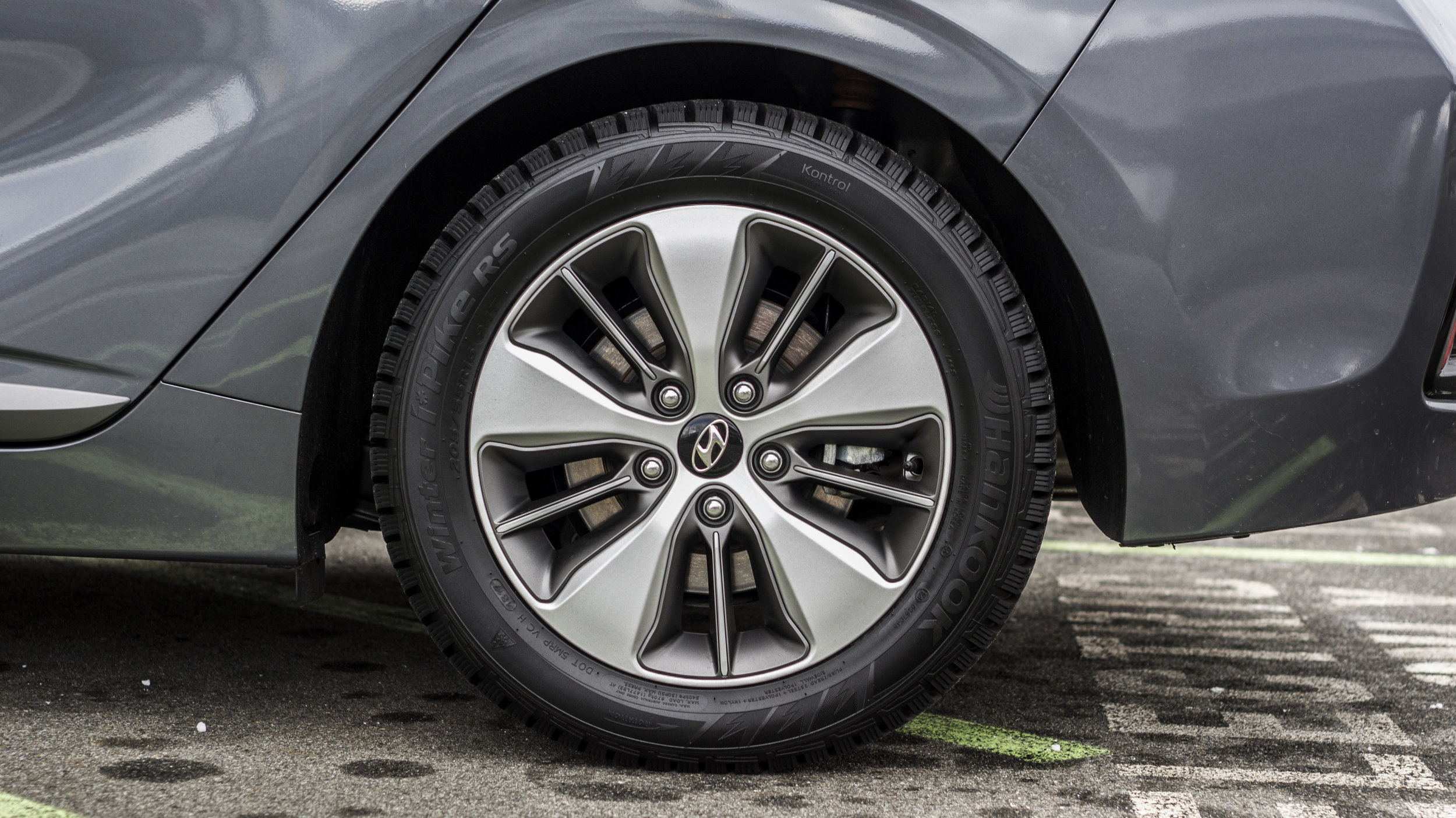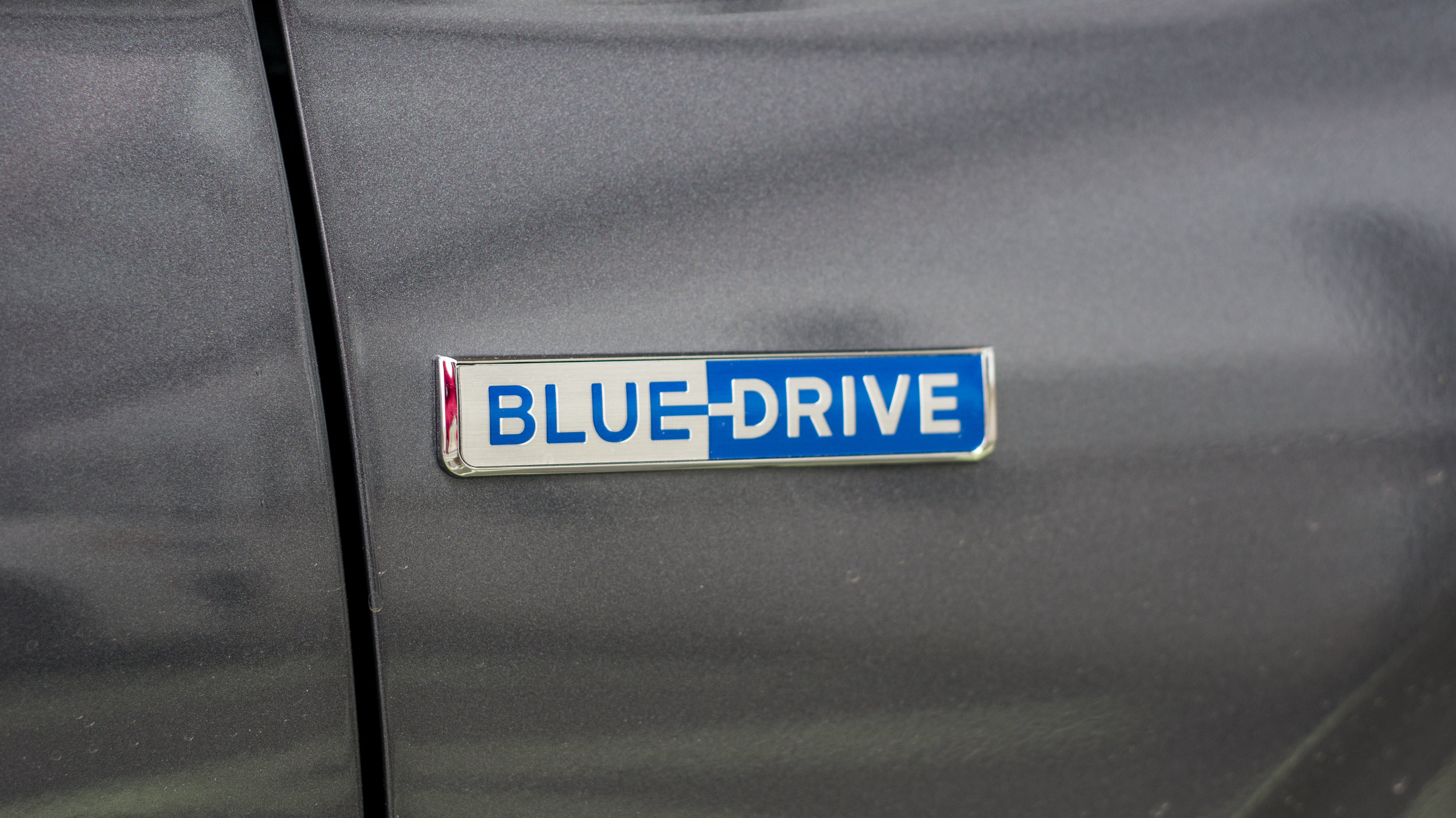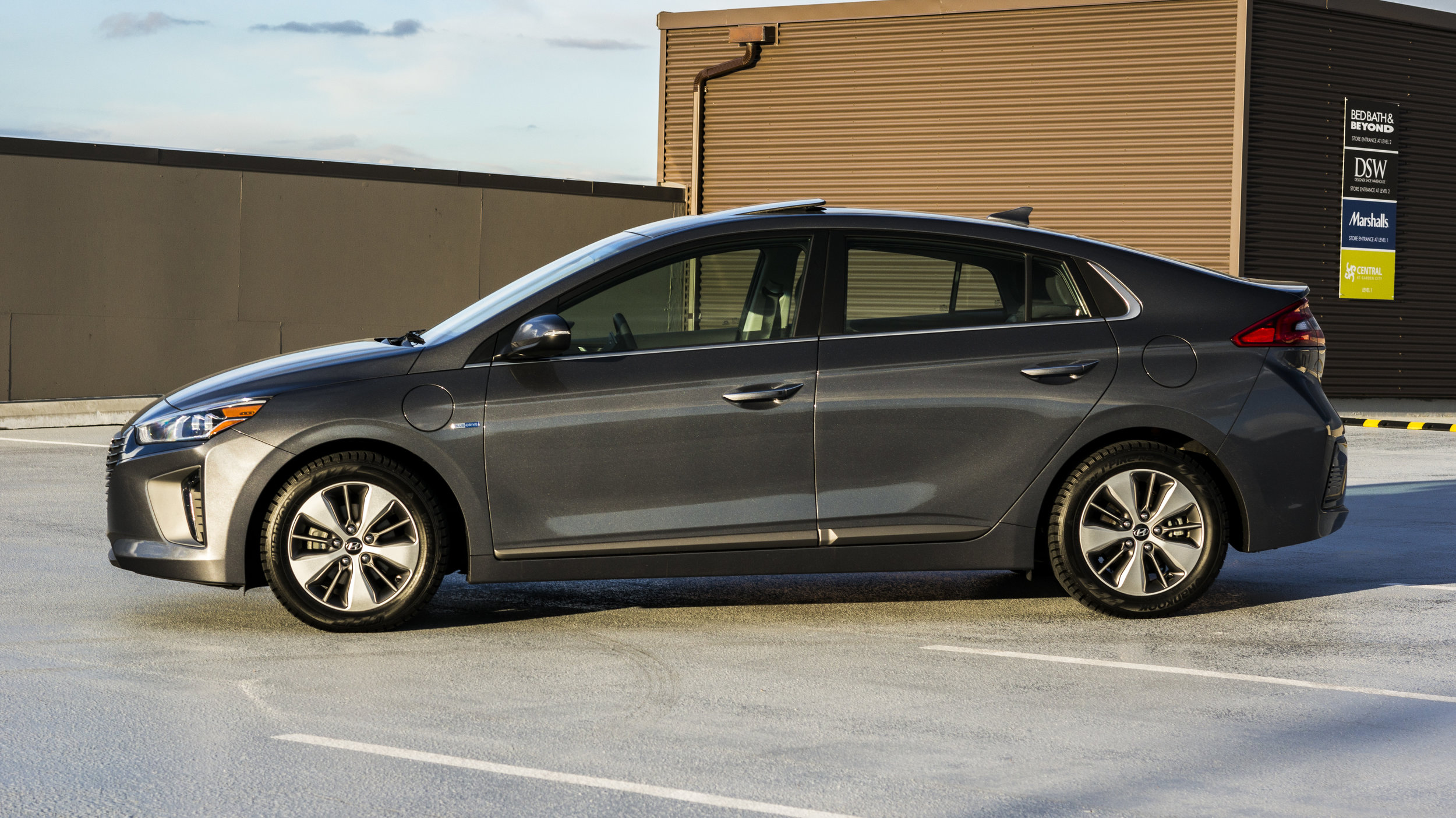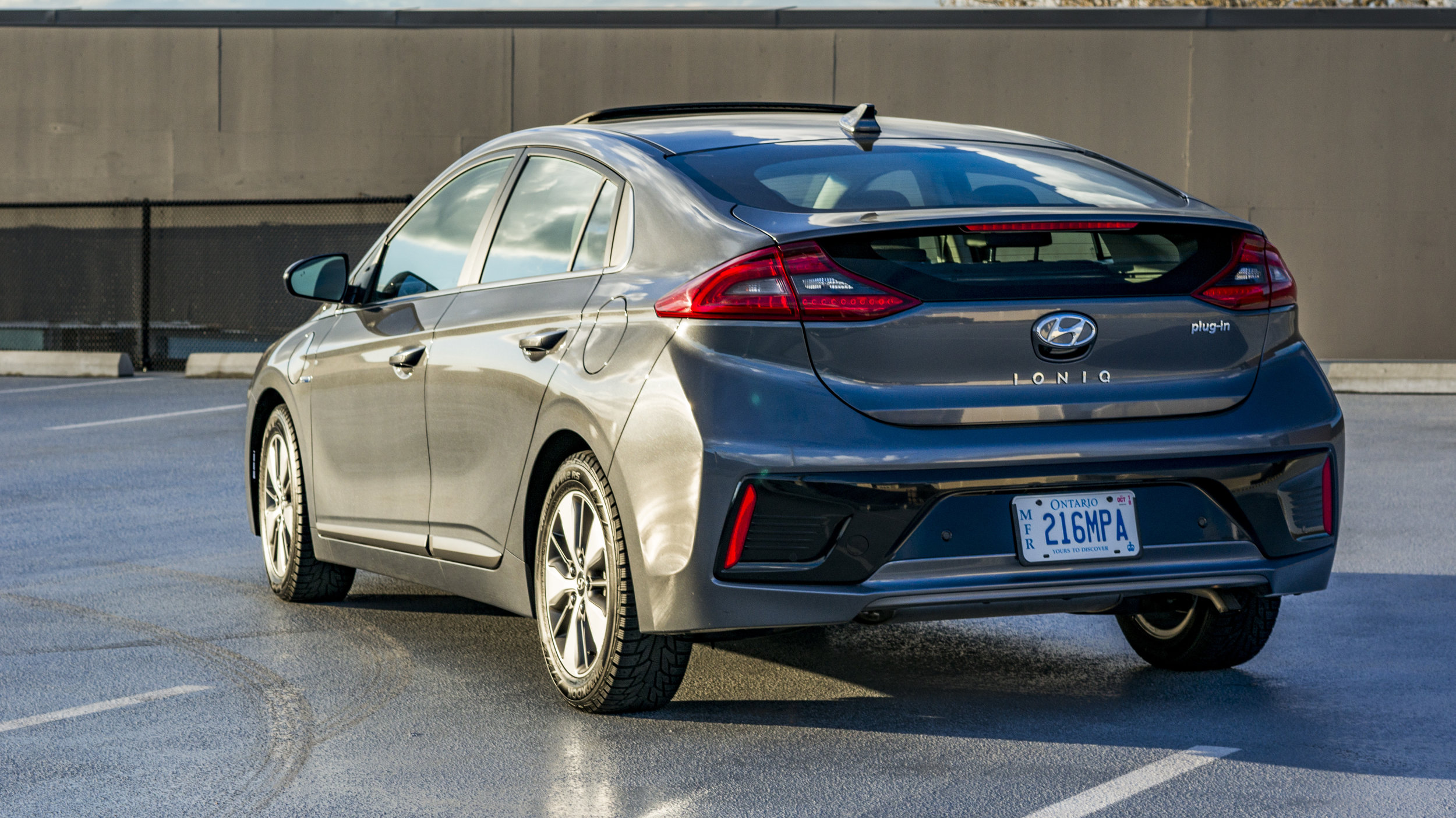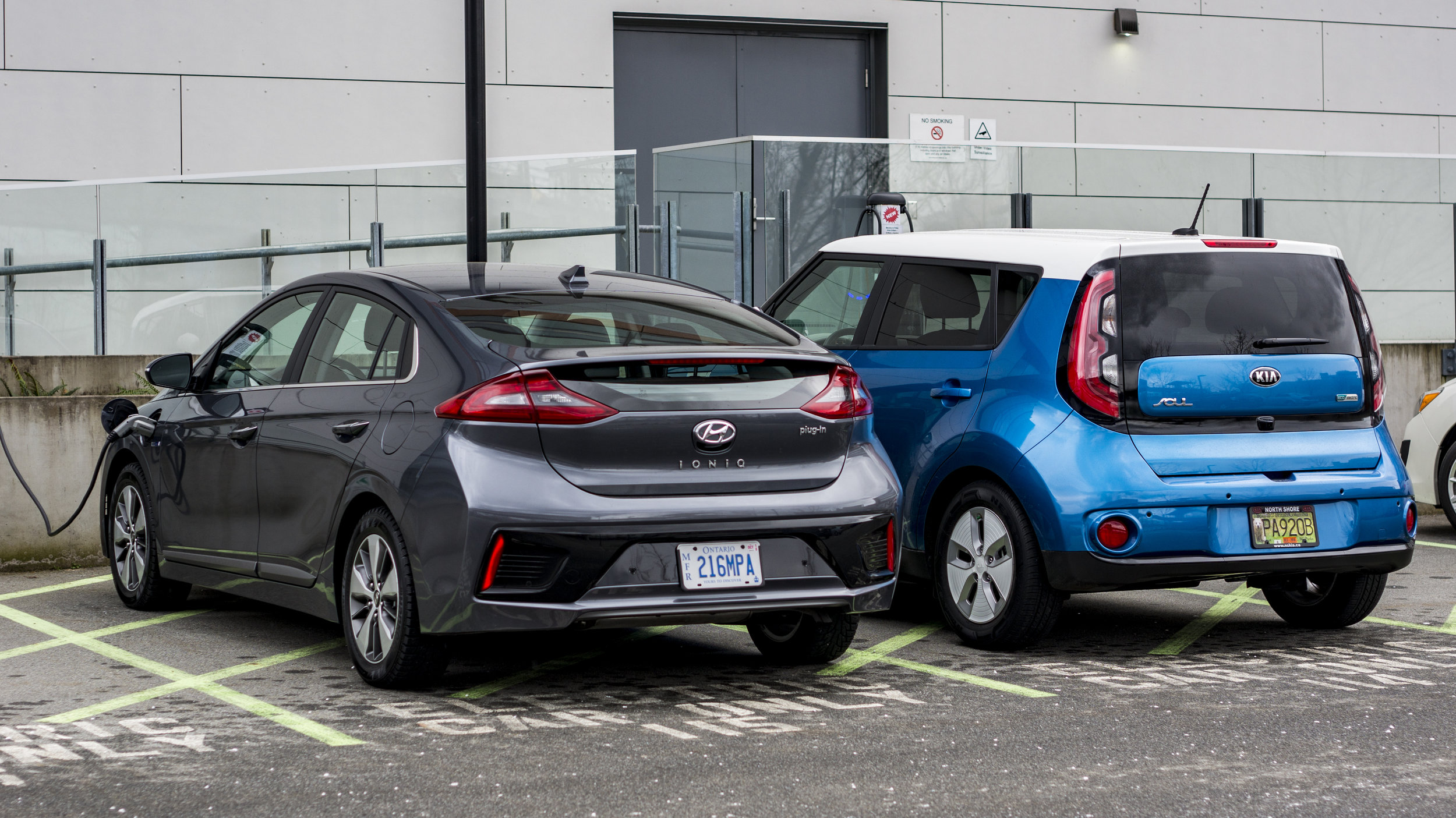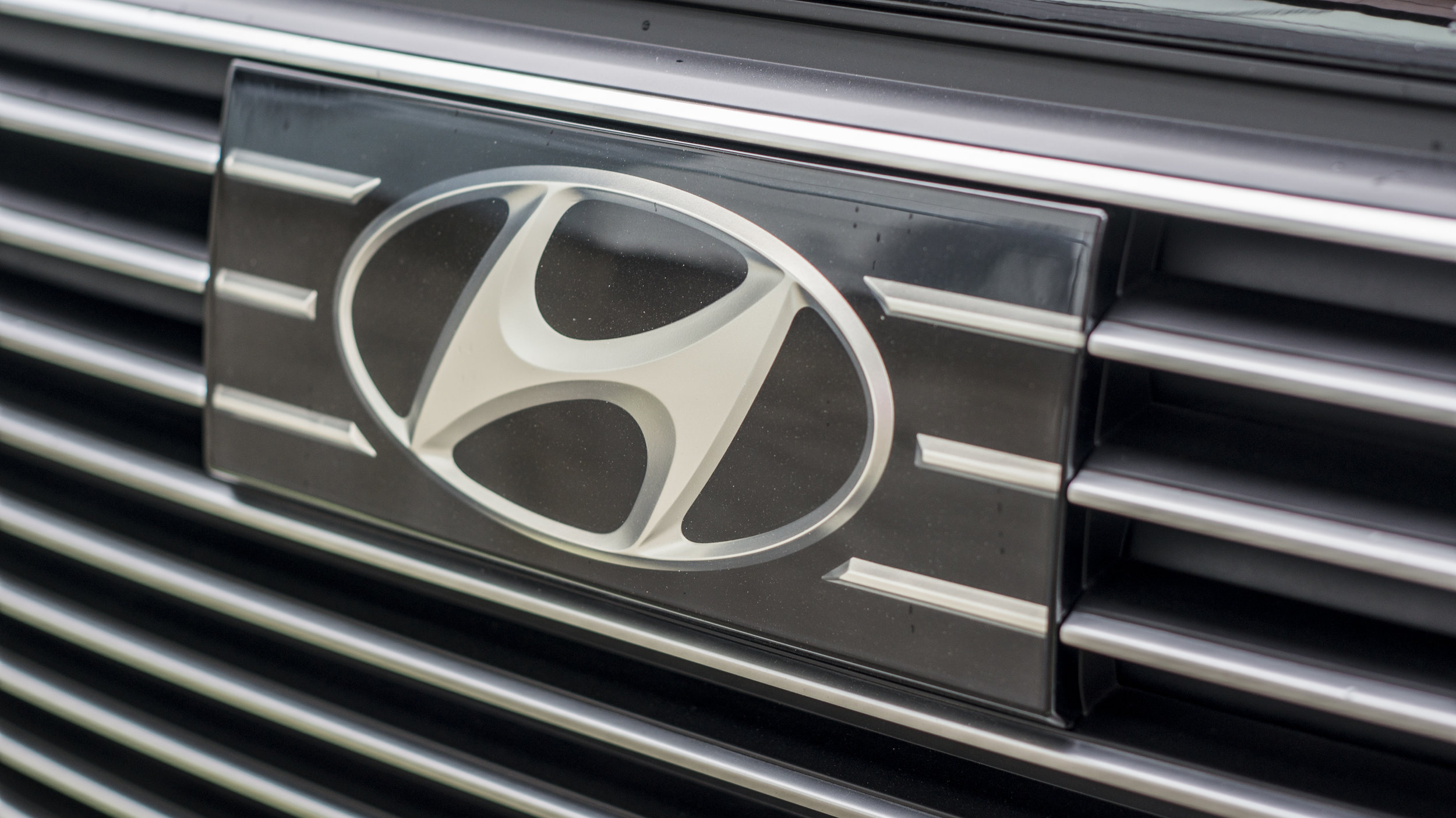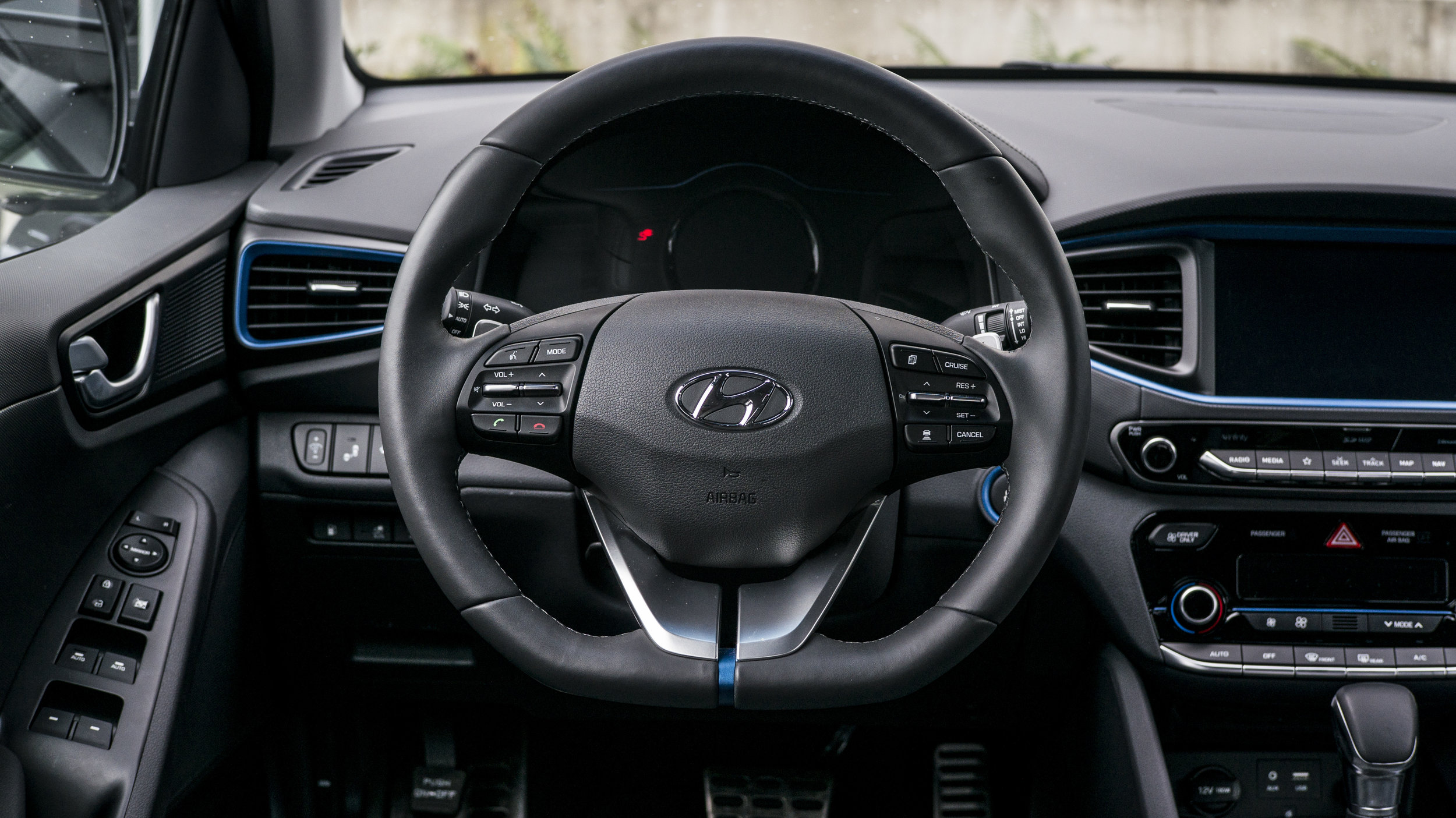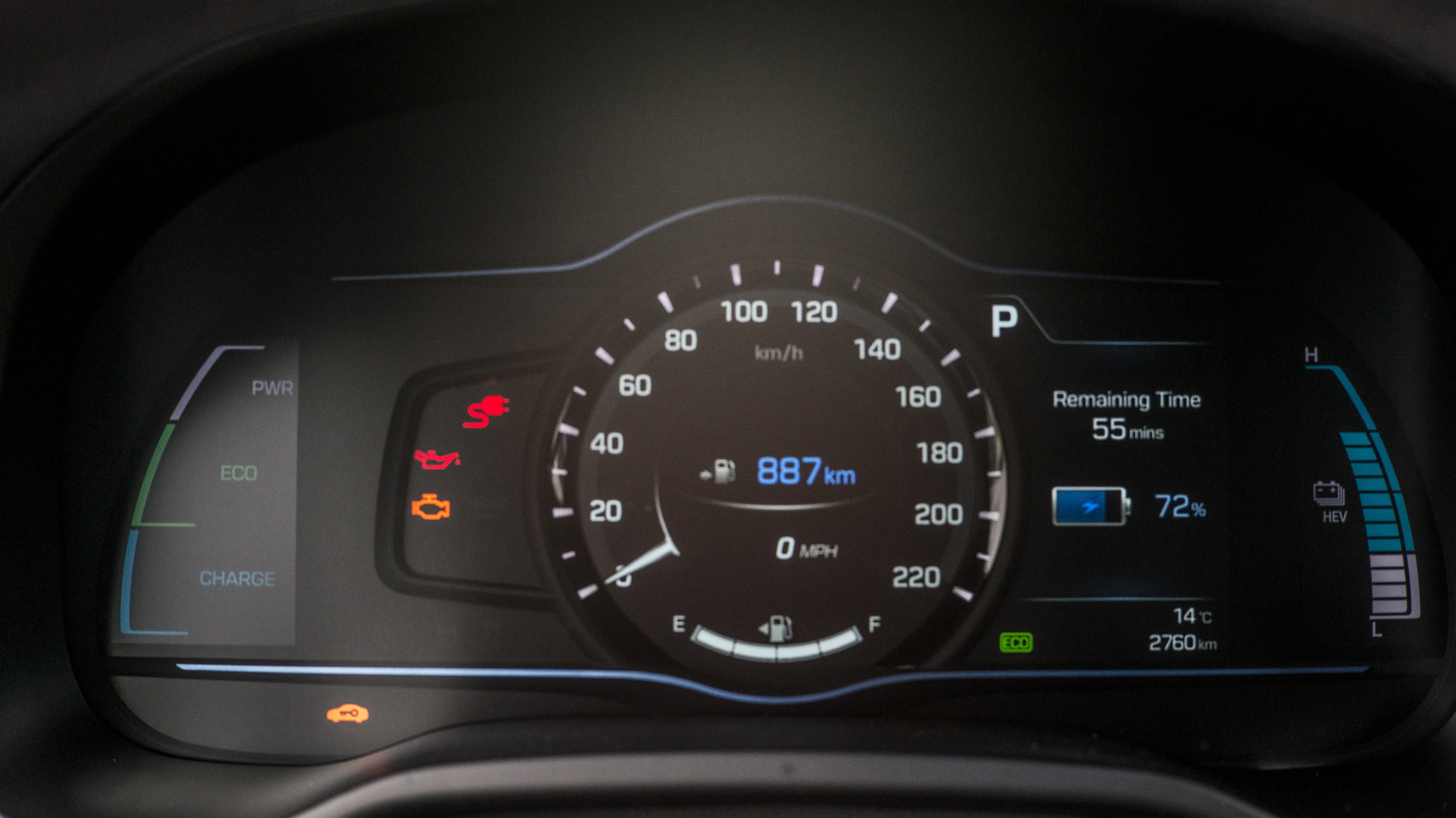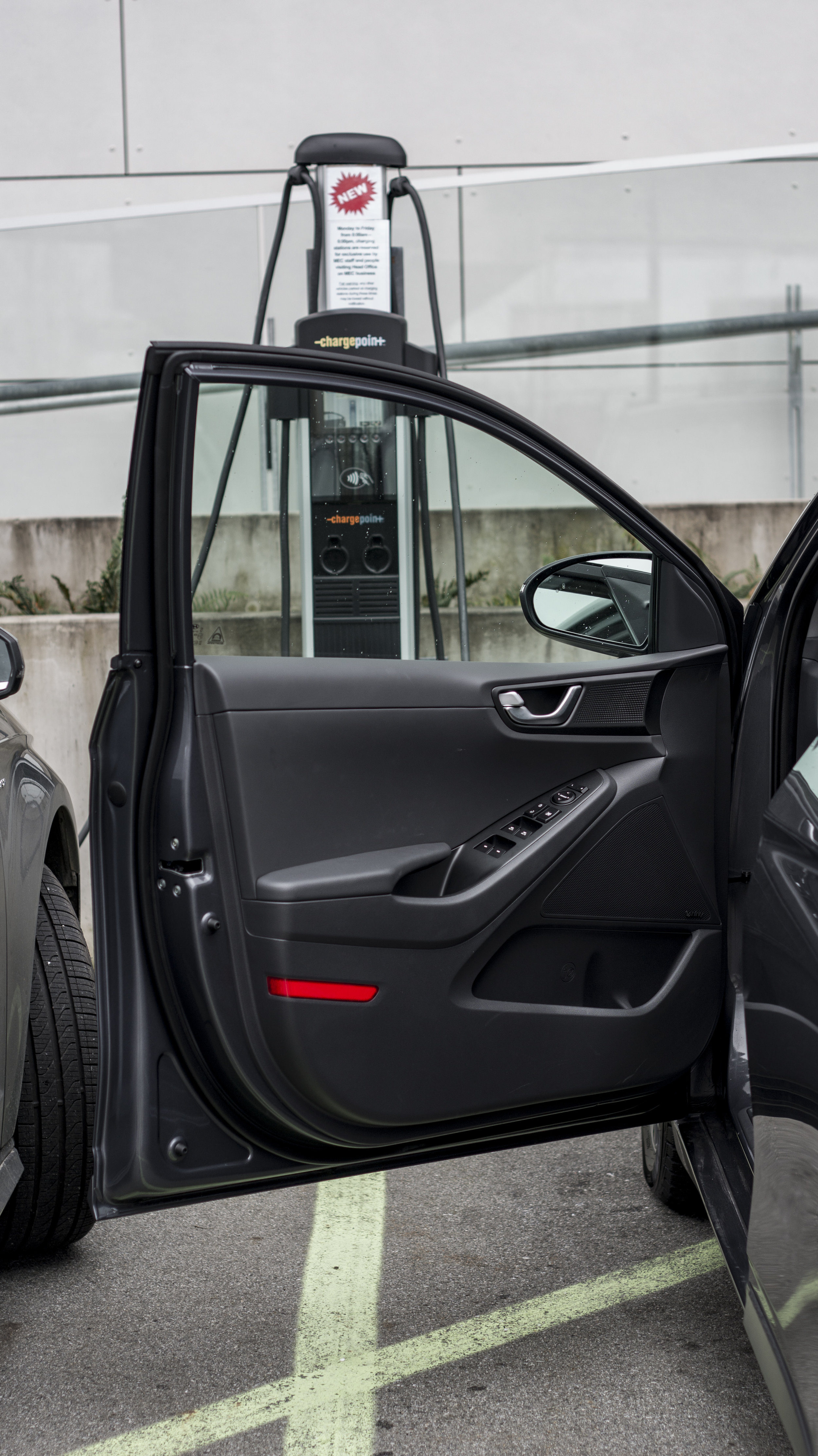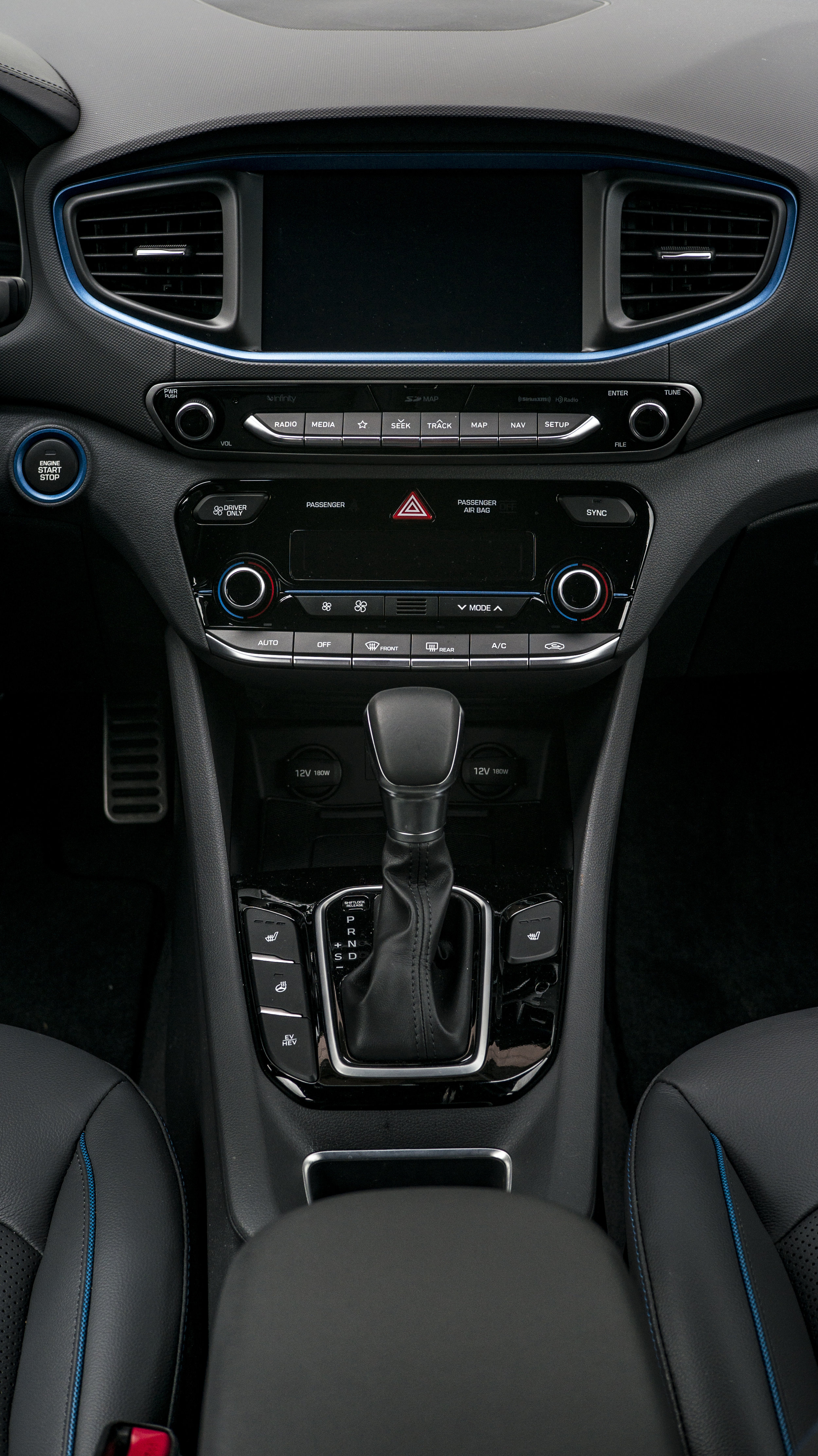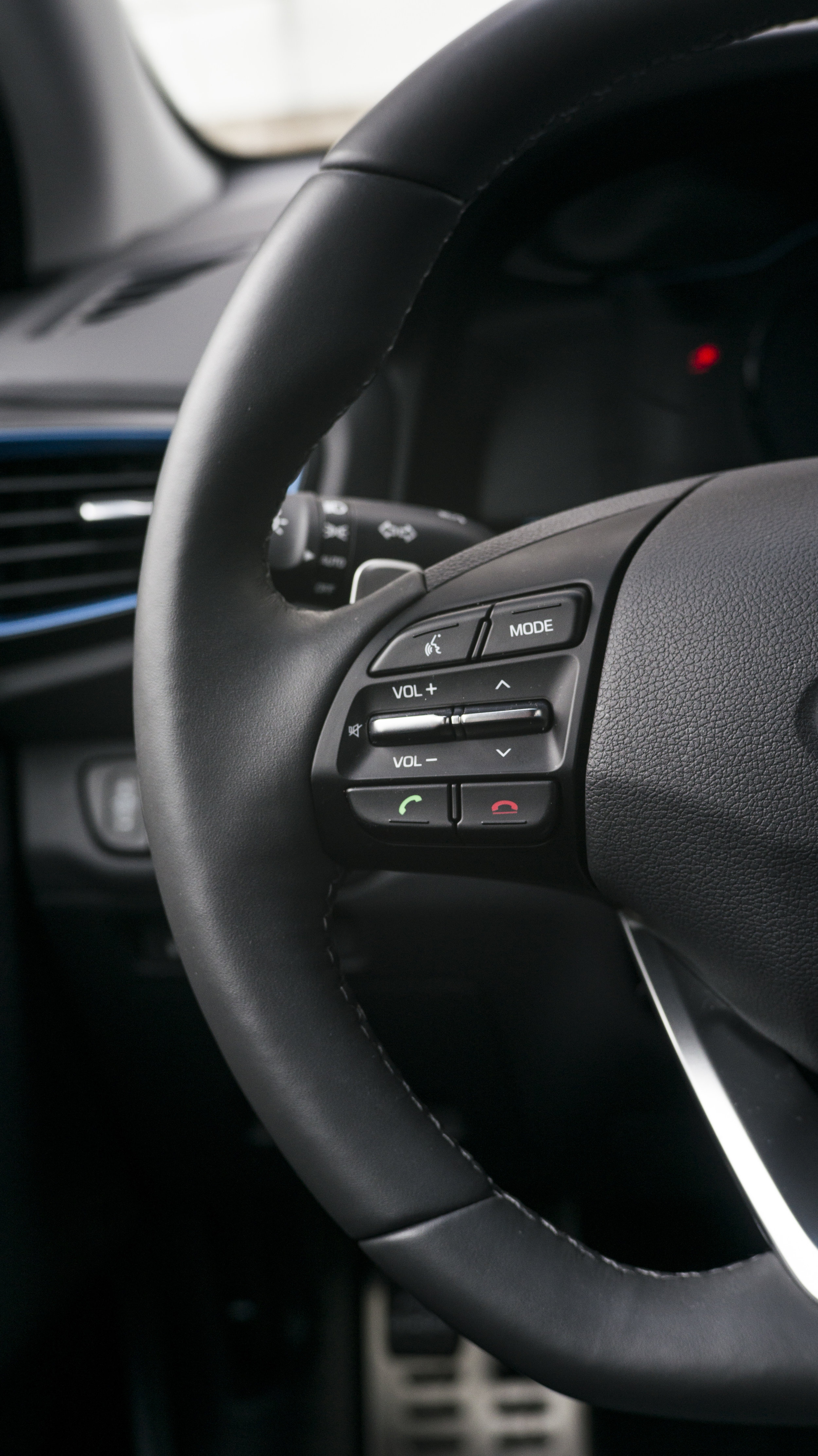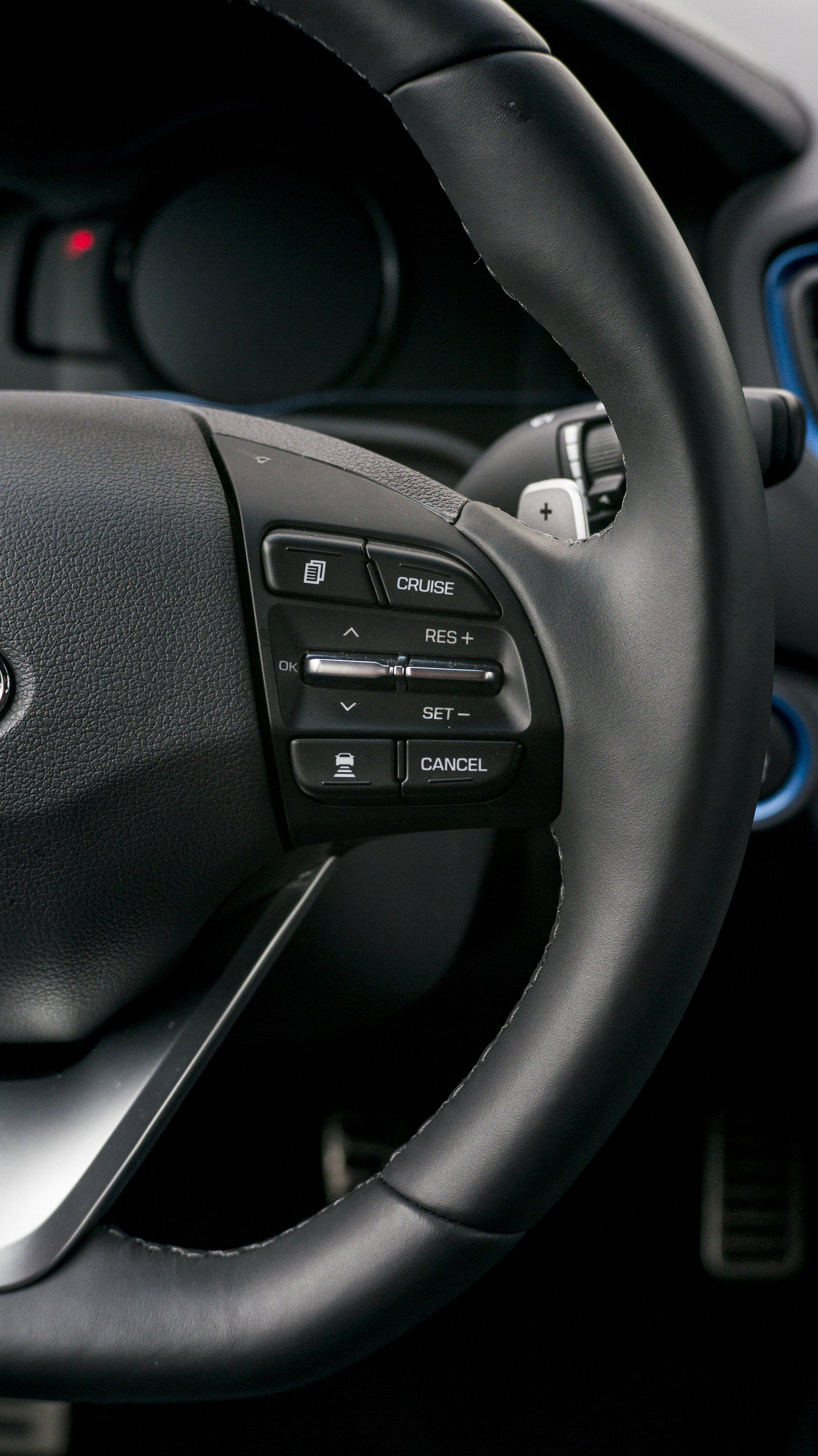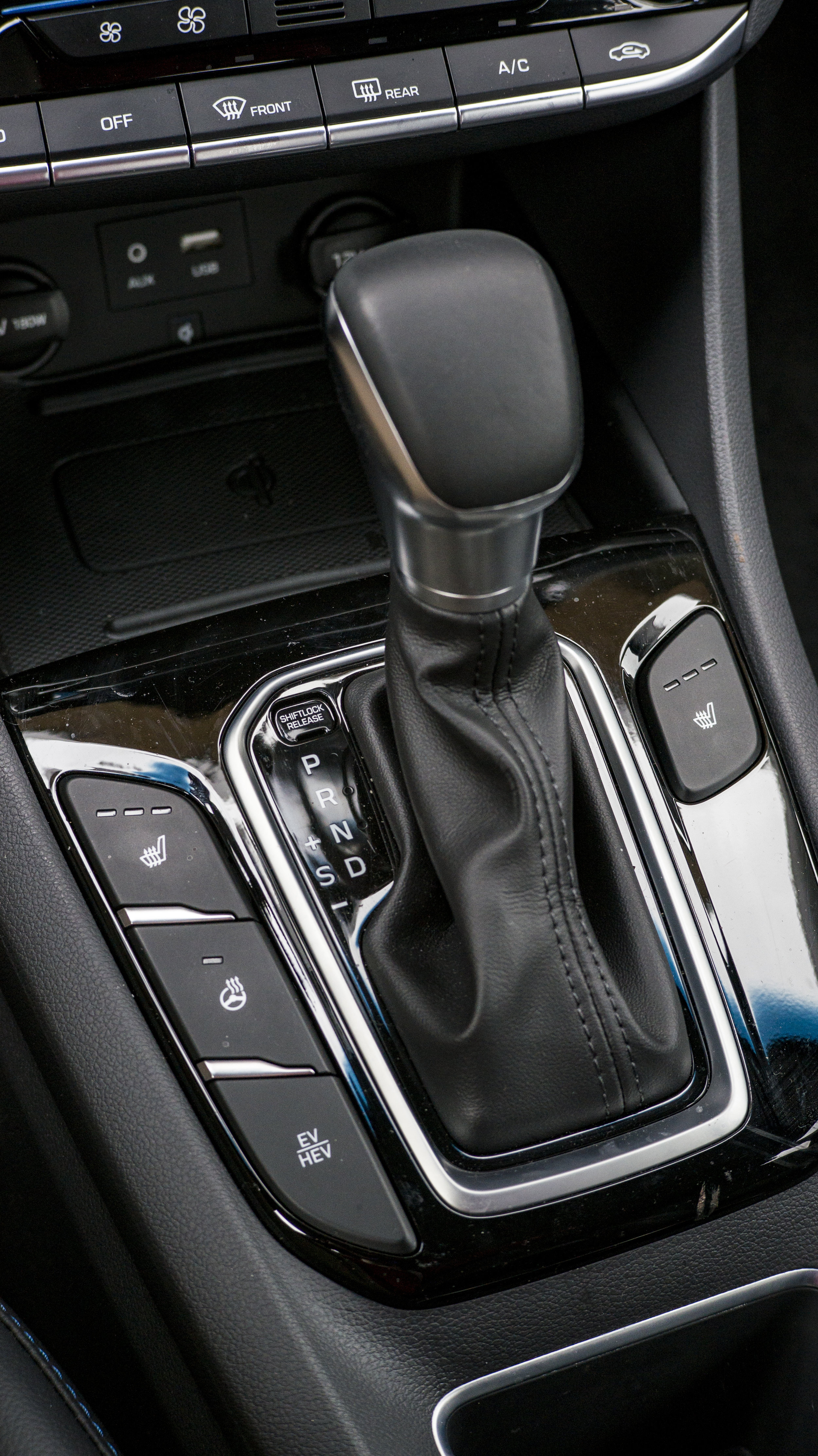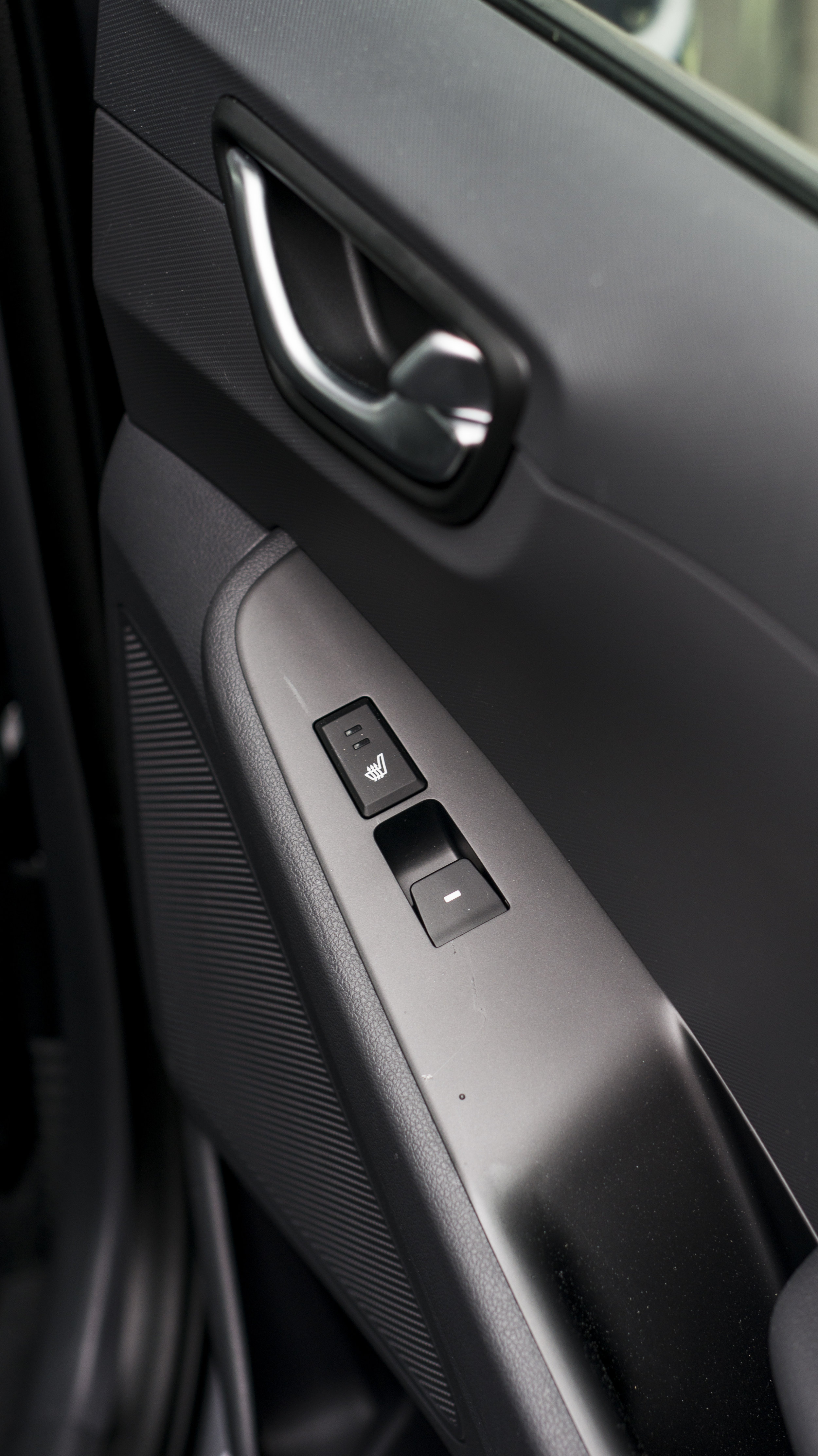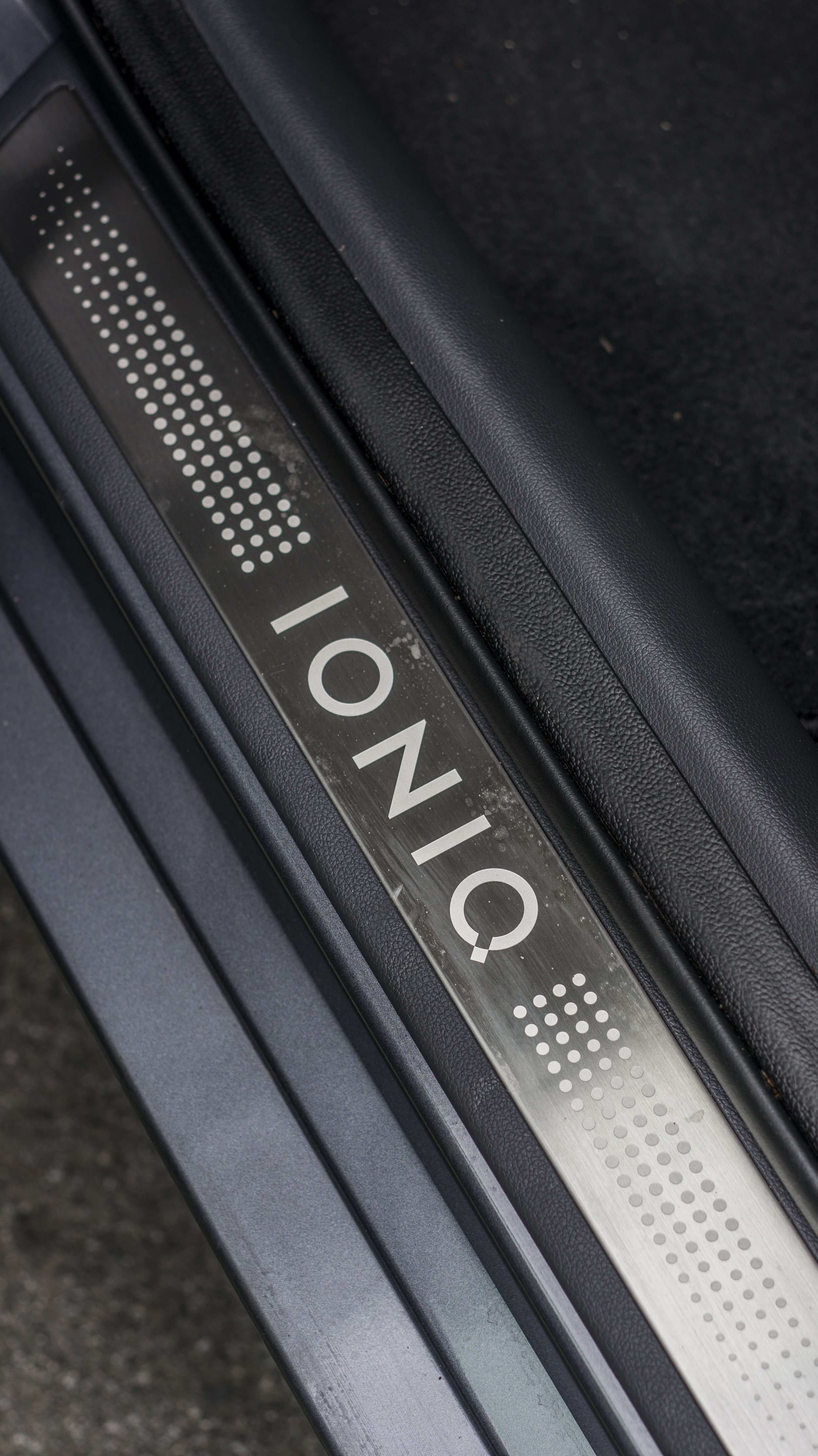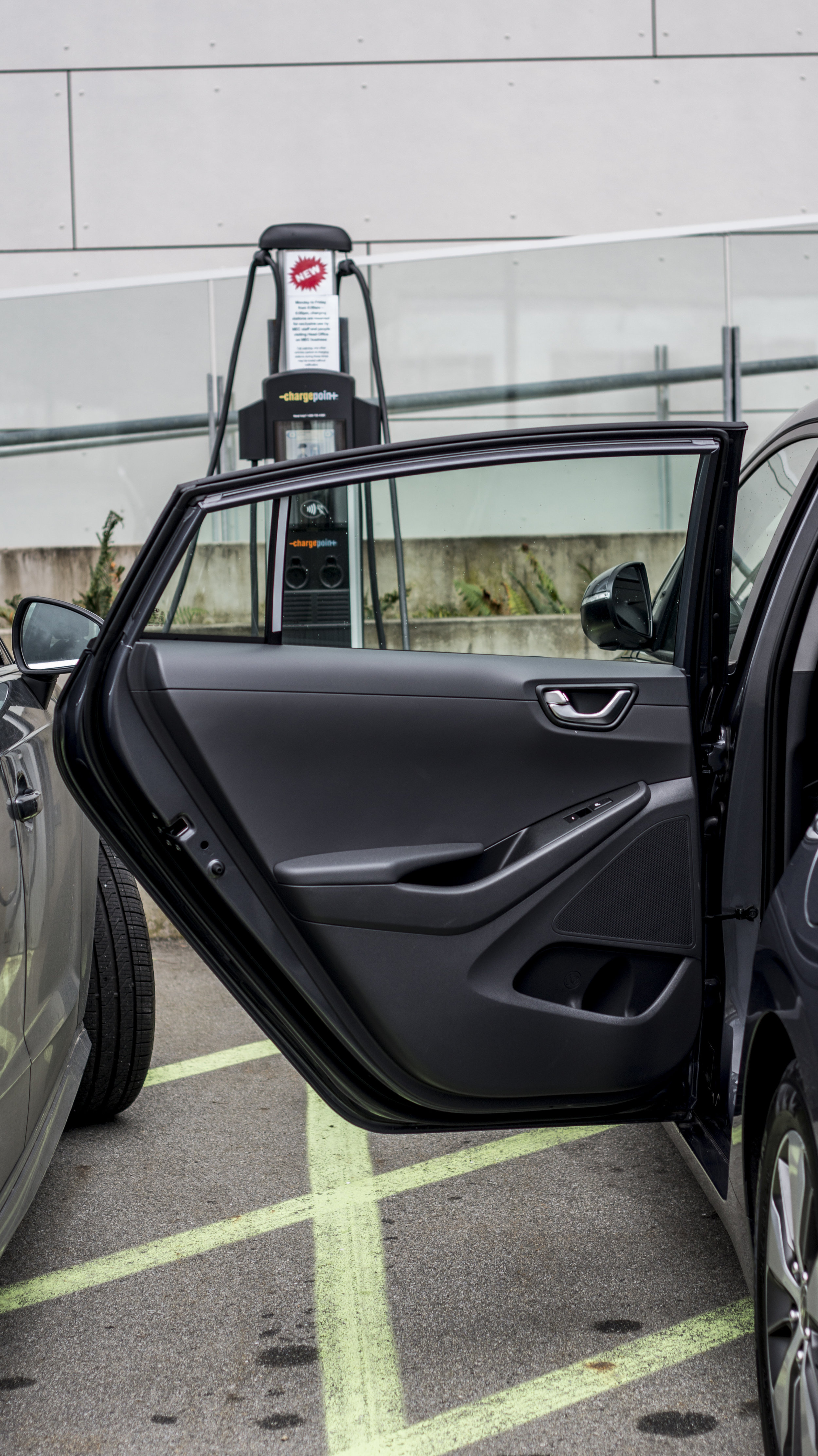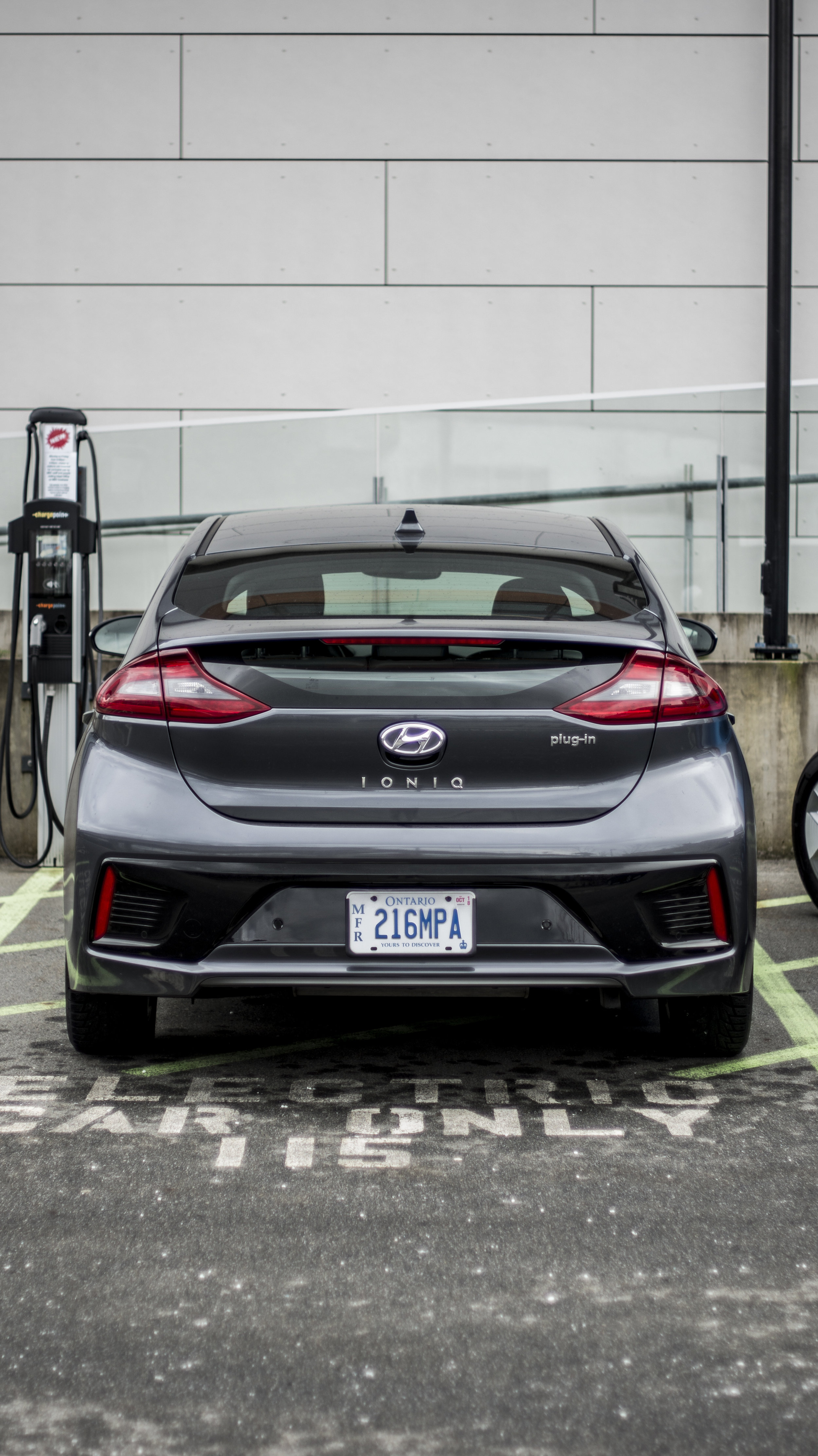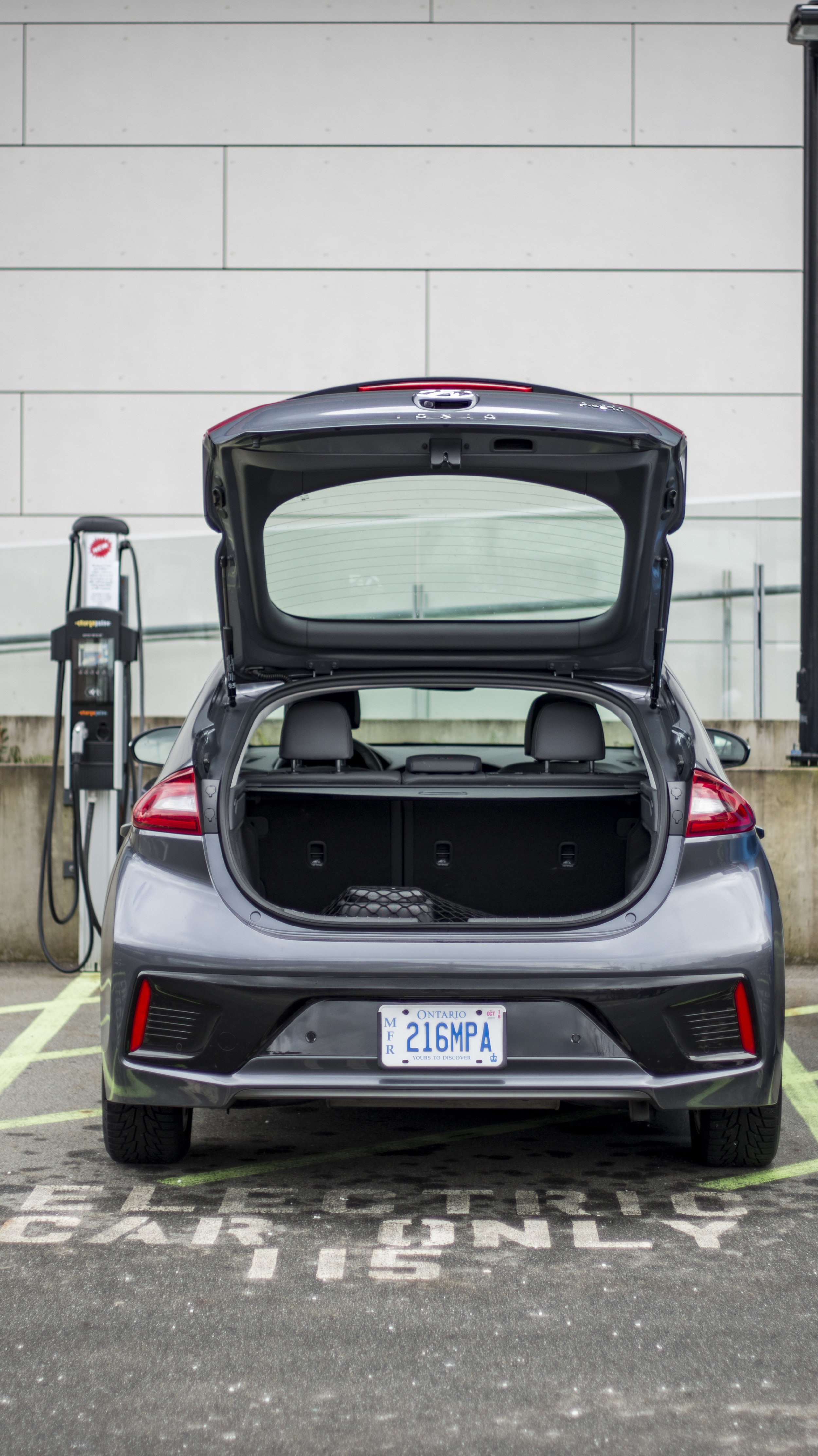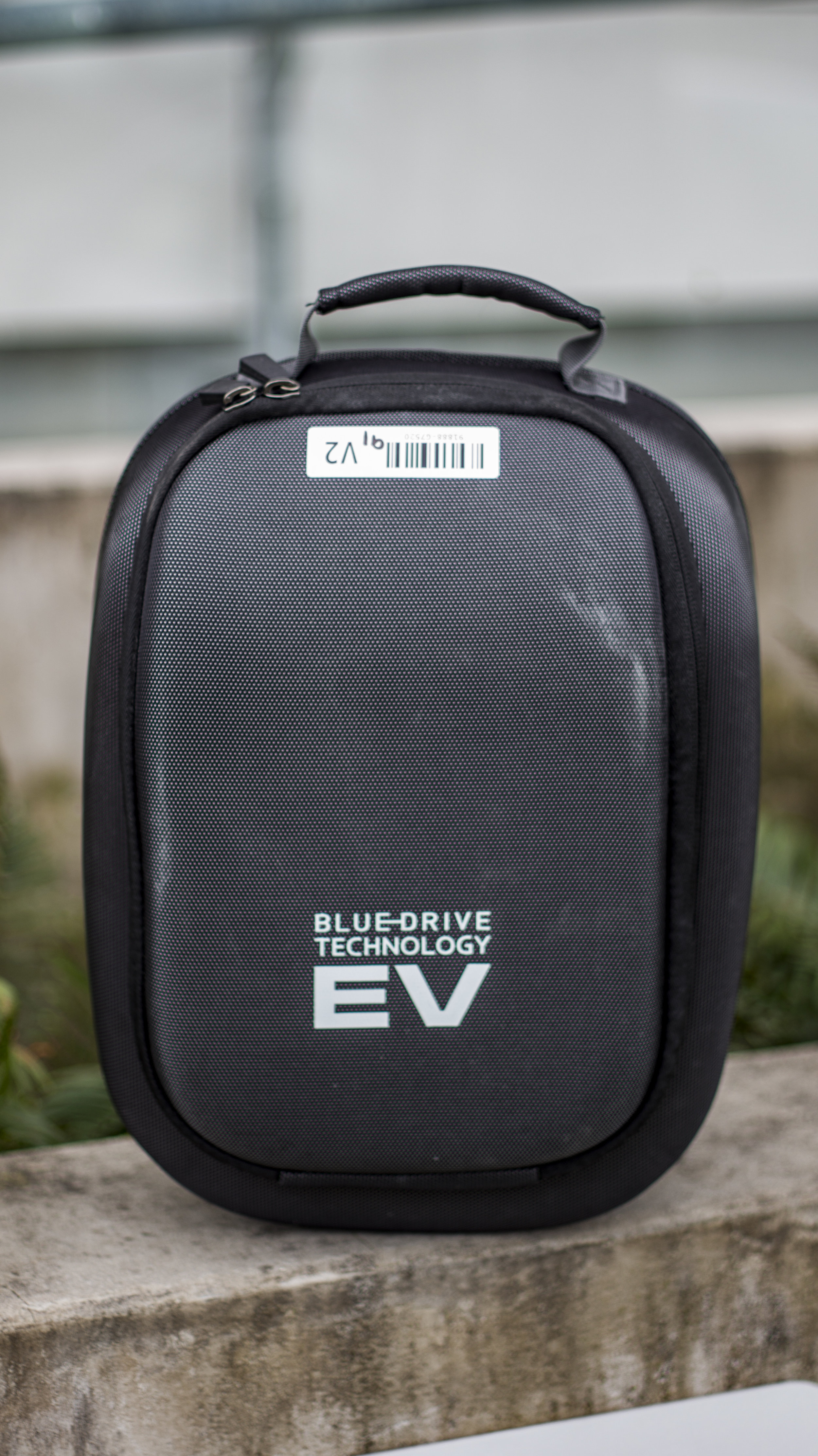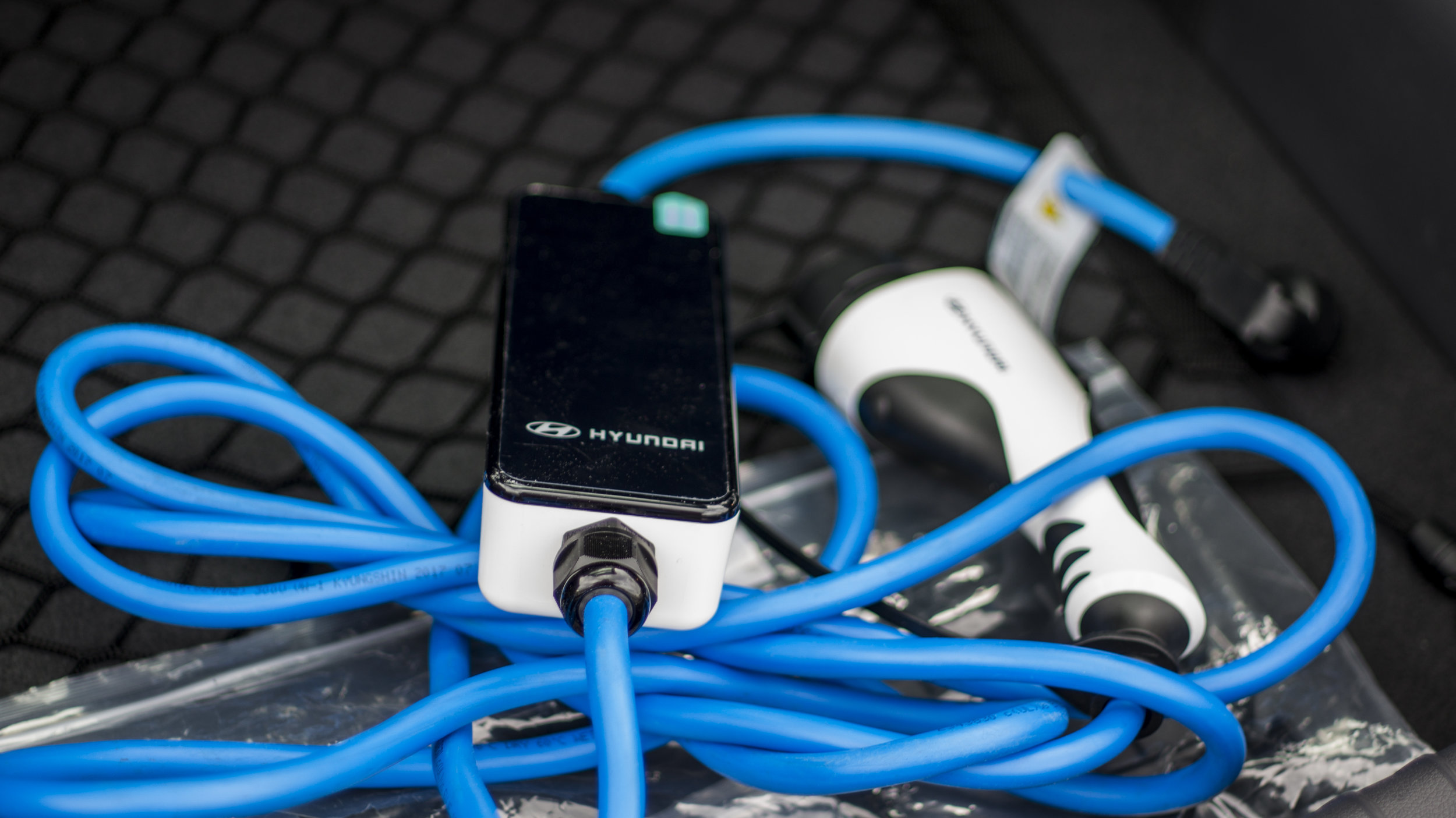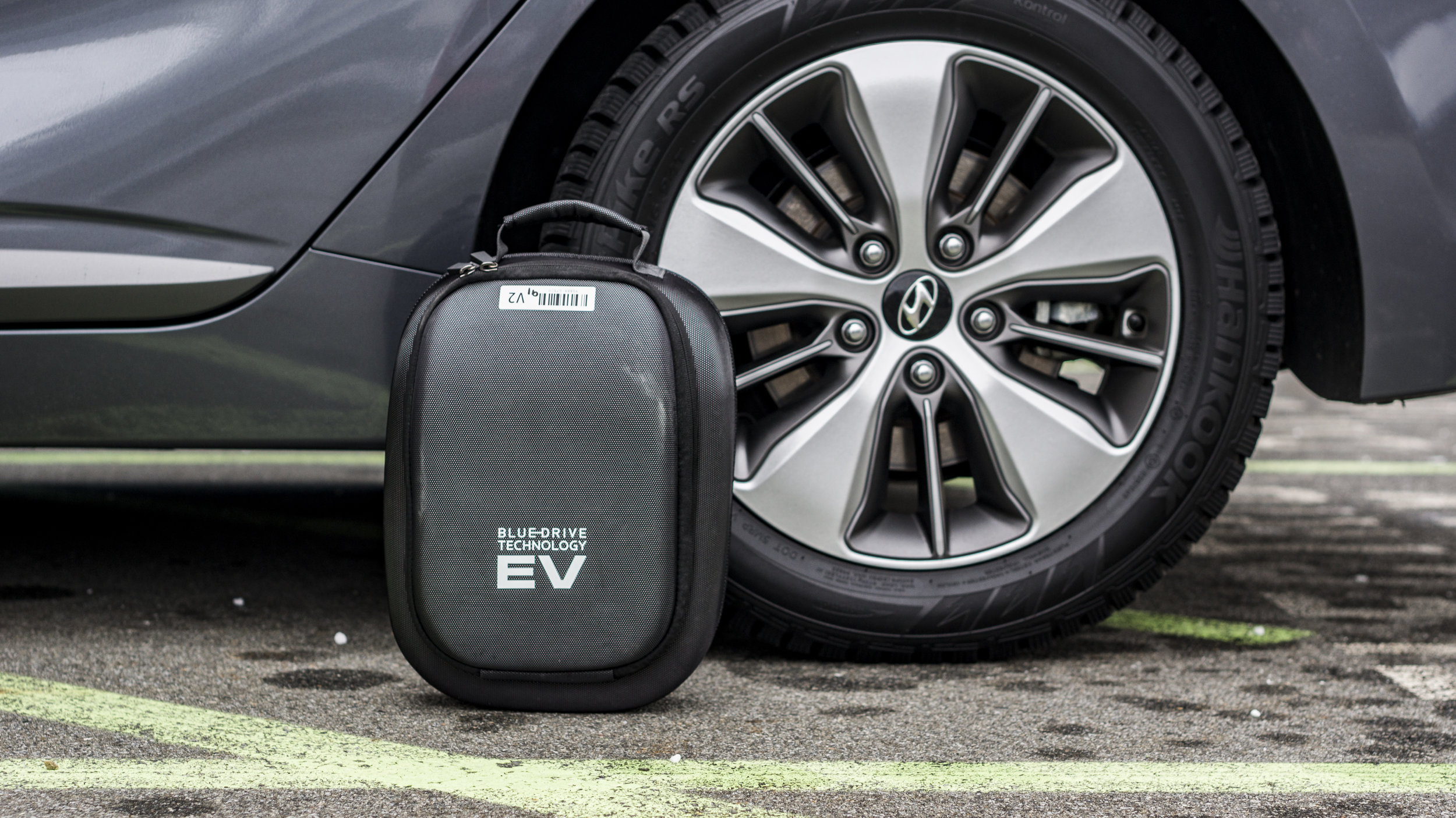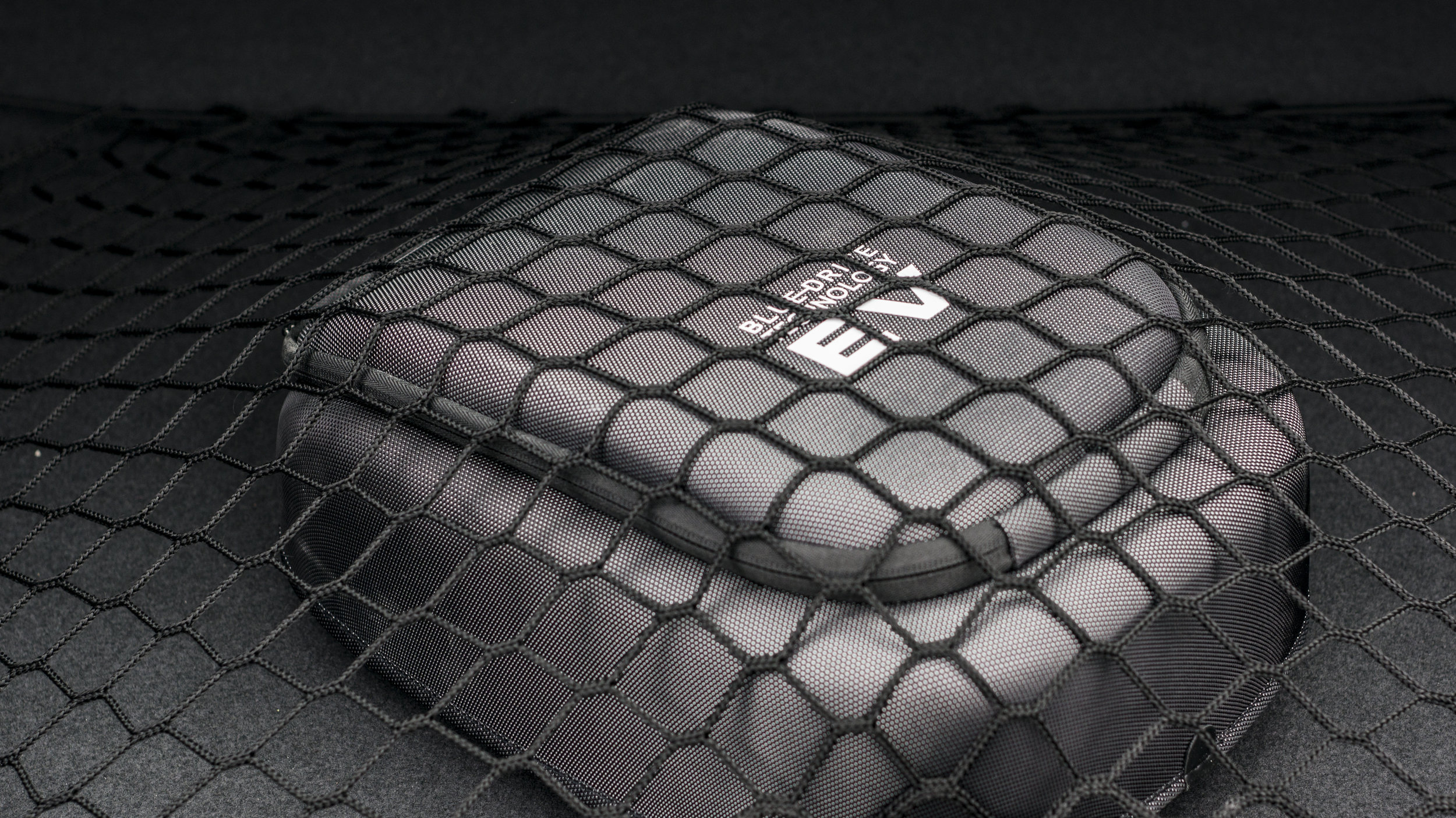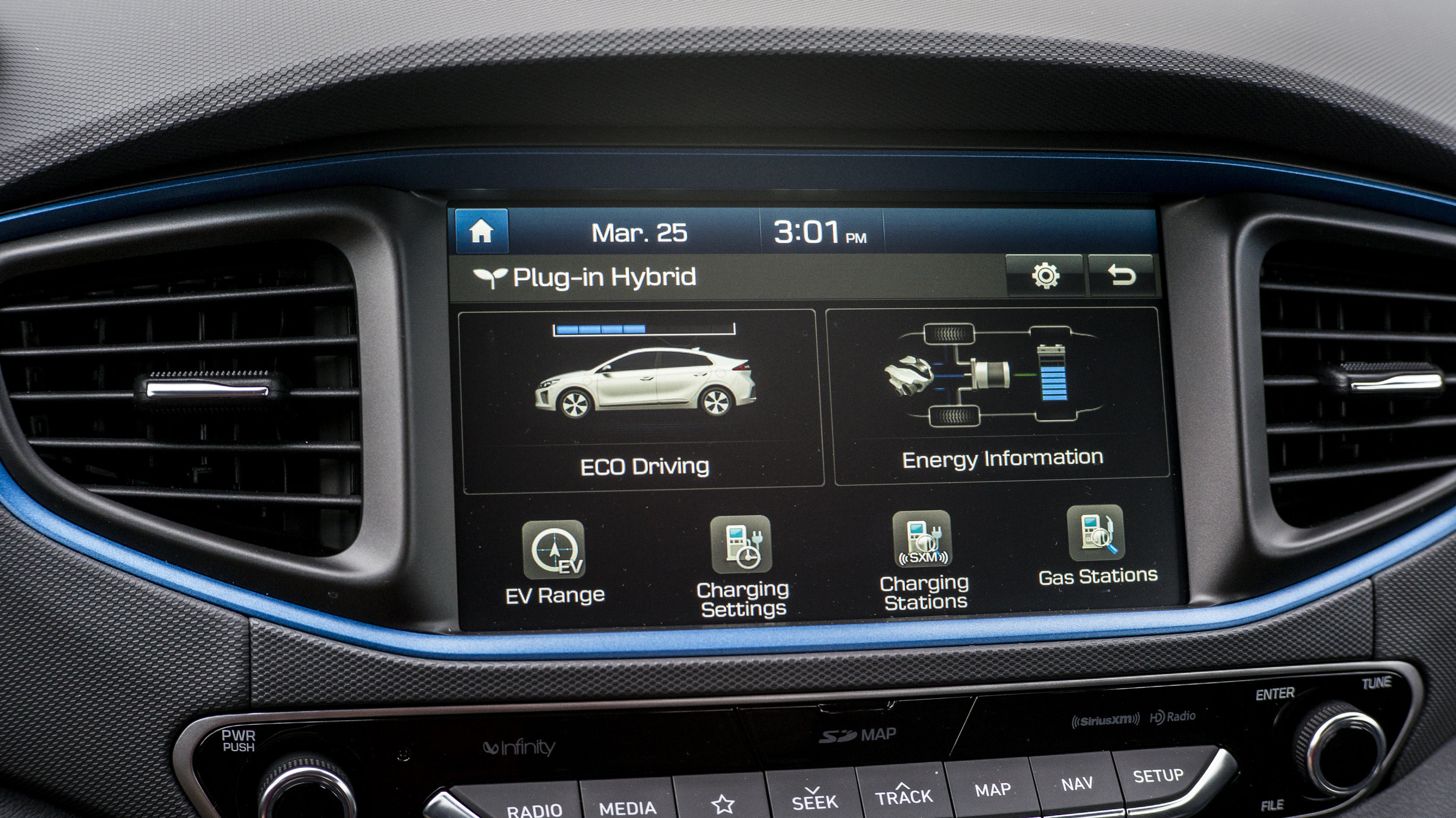2018 Ioniq PHEV
Hyundai's Ioniq is their answer to consumers needs for a fuel efficient car with the ever rising gas prices in British Columbia. The Hybrid is Canada's most fuel efficient car. This week we get to try the Plug-in Hybrid!
Disclosure: Hyundai Canada & JS Auto provided me with the 2018 Hyundai Ioniq PHEV for a week to test drive, and photograph. All photos in this blog post was taken by me.
ACCELERATION: 8/10
- 104 HP @ 5,700 / 109 @ 4,000 rpm
- 1.6L GDI I4 Engine with 45kW Electric Motor
- Combined power 164 HP / 195 lb ft
- Instant acceleration thanks to the electric motor
- 6-speed EcoShift Dual Clutch Transmission
- 9.9 seconds 0-100 km/hr
BRAKING: 8/10
- I'll be honest I didn't really test the brakes in a situation where I needed to abruptly stop as I was often keeping a fair distance from the car in front of me to allow for the Ioniq to make full use of it's regenerative braking to recharge the battery.
HANDLING: 8.5/10
- Steering, throttle response, and suspension feel good. The independent rear suspension is a plus!
RIDE: 8.5/10
- Overall a comfortable ride
- Transition from electric to gas is very smooth
ECONOMY: 10/10
- 53.5/51.1/52.3 - City/Highway/Combined
- Travel over 1,000 kilometres on a single tank of gas
- When the vehicle is going downhill the engine is turned off and the kinetic energy is captured by the brakes and converted into electrical energy to recharge the battery.
- When the vehicle is not in motion, both the engine and motor are automatically stopped.
CABIN NOISE: 8.5/10
- Triple layer dash insulation pad better blocks engine noise from the cabin. Often times I am unsure if the car is even on or not.
EXTERIOR: 8.5/10
- Aerodynamic body lines look attractive
- Functional air vents and active grill shutter
- Just the right amount of futuristic without trying too hard like other brands.
SAFETY|SECURITY|TECH: 8/10
- 7 airbags including driver's knee
Three-point seatbelts
Lane Departure Warning System (LKAS)
Vehicle Stability Management (VSM)
Forward Collision Avoidance (FCA) with pedestrian detection
Shift interlock system
Front and rear crumple zones
8 km/h bumpers
LATCH lower anchors and upper tether anchors
Electronic Stability Control (ESC) wé Traction Control System (TCS)
Front and rear outboard seatbelt pre-tensioners and force limiters
Anti-lock Braking System (ABS) with Electronic Brake-force Distribution and Brake Assist
Blind Spot Detection (BSD) with Lane Change Assist (LCA) and Rear Cross Traffic Alert (RCTA)
Hood buckling creases and safety stops
Energy-absorbing steering column
INTERIOR FOR DRIVER: 9/10
- Unlike the EV version the paddles on the steering wheel control the gears and changes the car to sport mode.
- Cabin is very pleasant to look and touch.
- Seats are very comfortable
- Really like the flat bottom steering wheel that is usually found in sportier cars
- The rear sight line could be hampered as there are two windows
- Driver Only button allows you to save energy by having it only heat/cool the driver instead of the whole cabin
INTERIOR FOR PASSENGERS: 7/10
- Good amount of leg room.
- Head room in the rear might be a limited if you're tall with the slopping roof design.
INTERIOR STORAGE: 8.5/10
- Great cargo capacity thanks to it's hatchback form
- The EV plug can be found in the trunk in the carry case for charging at home
INFOTAINMENT SYSTEM: 8.5/10
- Hyundai's infotainment system is one of the easiest to use. Very intuitive!
- Supports Apple Car Play and Android Auto
OVERALL IMPRESSION OF THE 2018 HYUNDAI ioniq pHEV:
Hyundai’s Ioniq slays the long standing Prius which has dominated the market for years. It comes in three versions, hybrid, ev, and phev. In the PHEV, you can switch between pure electric mode which generates zero emissions or hybrid mode. In hybrid mode, the gasoline engine works in tandem with the electric motor to maximise fuel economy. I personally like how the car is futuristic but does not try so hard that it just looks strange.
The Ioniq is incredibly practical, energy efficient, comfortable and fun to drive. The PHEV version is for those who want a peace of mind they can go on longer commutes without the worry of running out of juice while still being able to go full electric for daily use to work or getting groceries.
